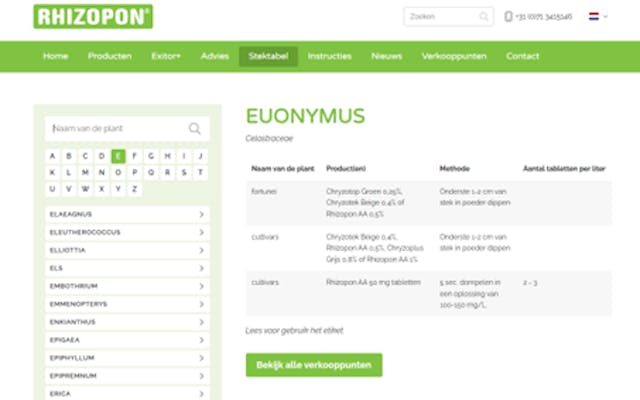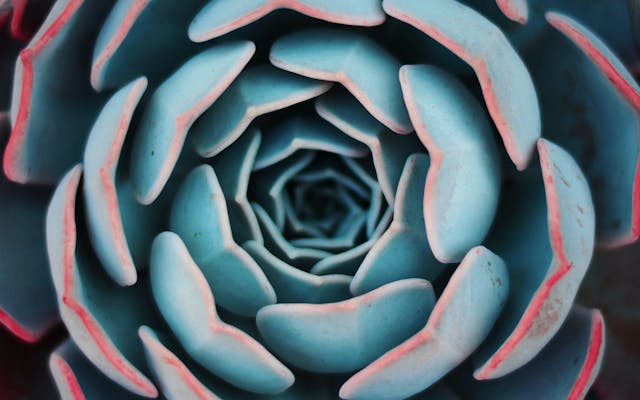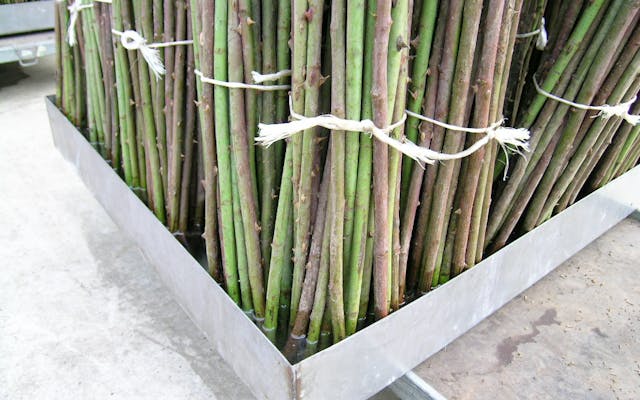Rooting cuttings requires a lot of energy. Rhizopon rooting products help the cuttings along considerably, using the energy present in the cuttings. Which cutting product is most suitable for your species can be determined by consulting our Rooting Guide and testing on a small scale which method and concentration is best under the conditions at the nursery.
In addition, extra energy through light and heat is offered during propagation and cultivation. But in these uncertain times, how can we start saving energy? A few tips:
LED lighting
LED has the advantage of using less energy than conventional lighting. Unfortunately, LED produces less heat. This affects the speed of growing and quality of root formation. The grower has to choose either supplying extra heat at high cost or accept that with reduced heat energy, root formation succeeds but it may take longer than in previous years. Which method is most cost-effective will depend not only on energy prices, but also on the type of crop or sometimes variety being propagated.
On the webpages of Wageningen University & Research (WUR) more information about energy saving research, fi when using LED lamps, can be found.
Discover nearly forgotten species
Some 20-30 years ago, before the introduction of high-light intensity lamps, plant species were grown requiring a lower intensity of light. With the introduction of more powerful assimilation lighting, new species were developed that could tolerate the high light intensity and efficiently converting this into growth. Several cut flower and pot plant growers are returning to the old cultivars with lower energy requirements. Cultivation takes longer, yields decrease slightly, but the energy costs saved as a result can be substantial.
Create a microclimate
Use tunnels or cover plastic to create a humid and warm microclimate for the cuttings. Just make sure that excess water can be drained easily and that the temperature remains constant. This can minimise stress and hence delay in root formation in the cutting. Transparent plastic is recommended to make the most of the natural light source, the sun.







